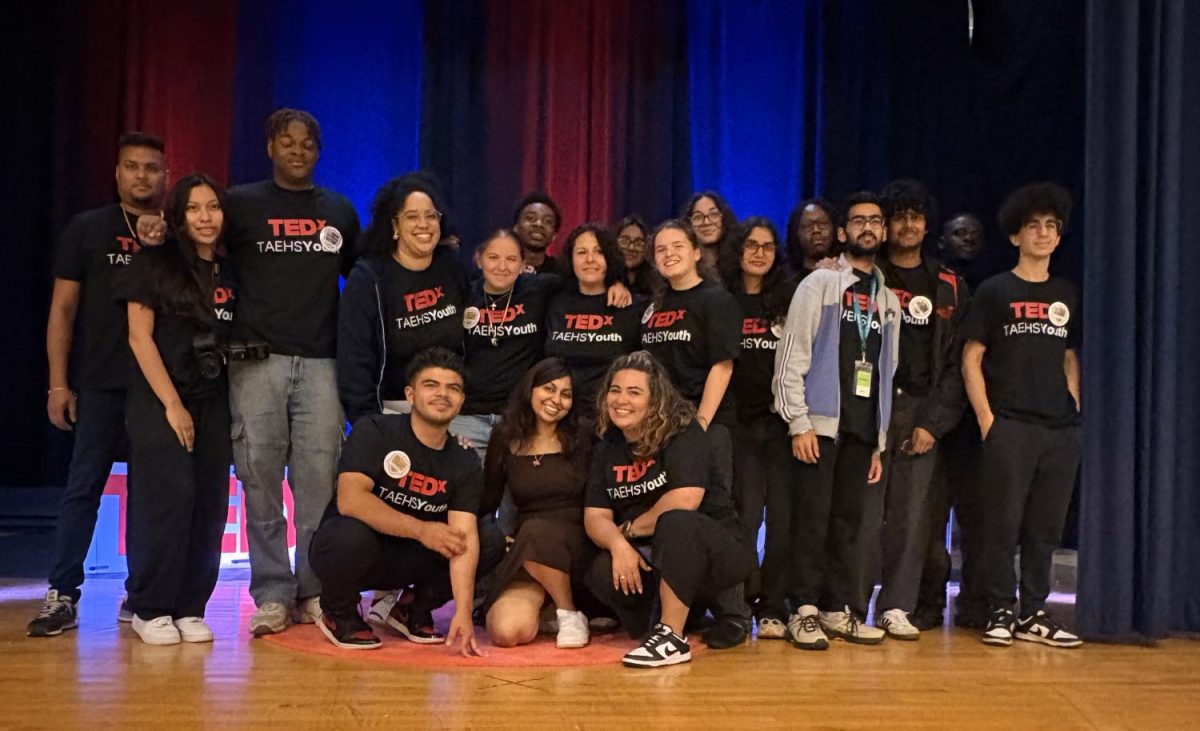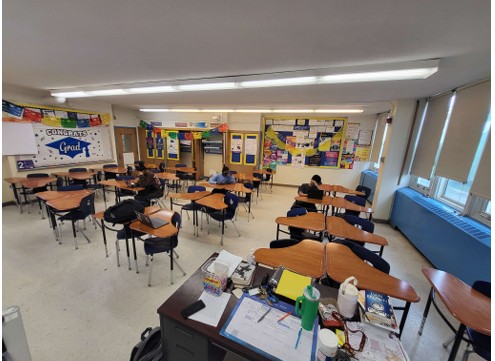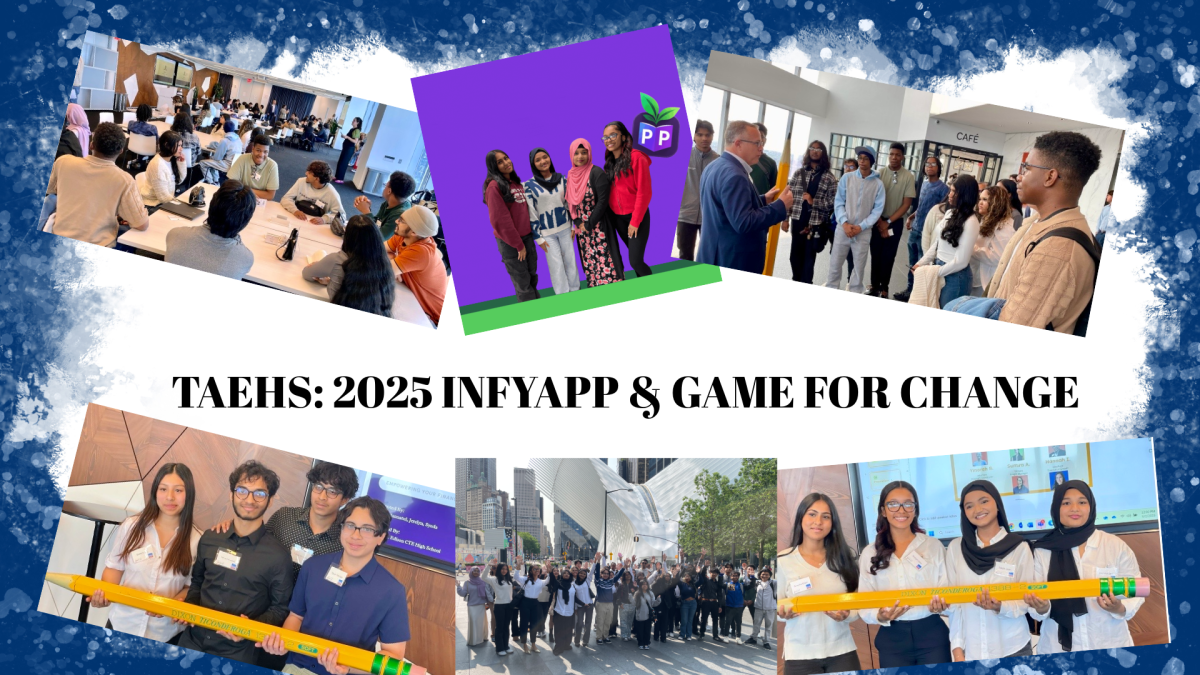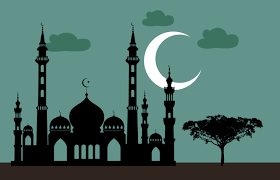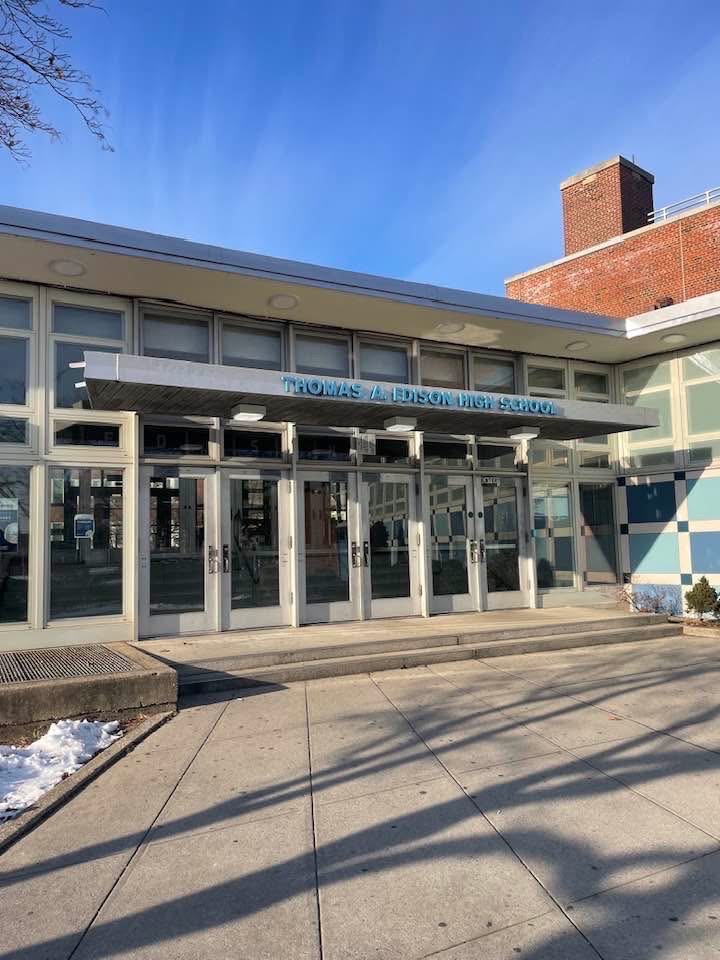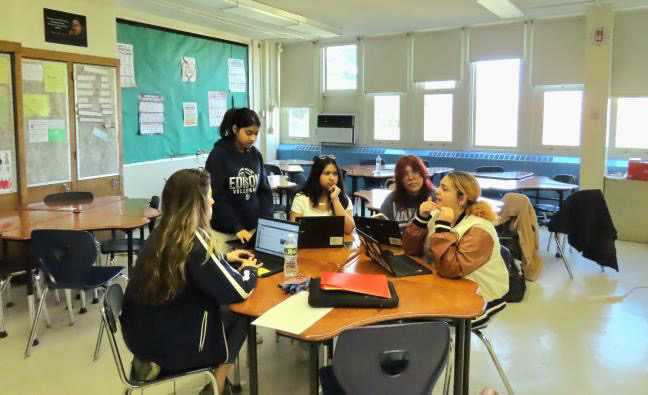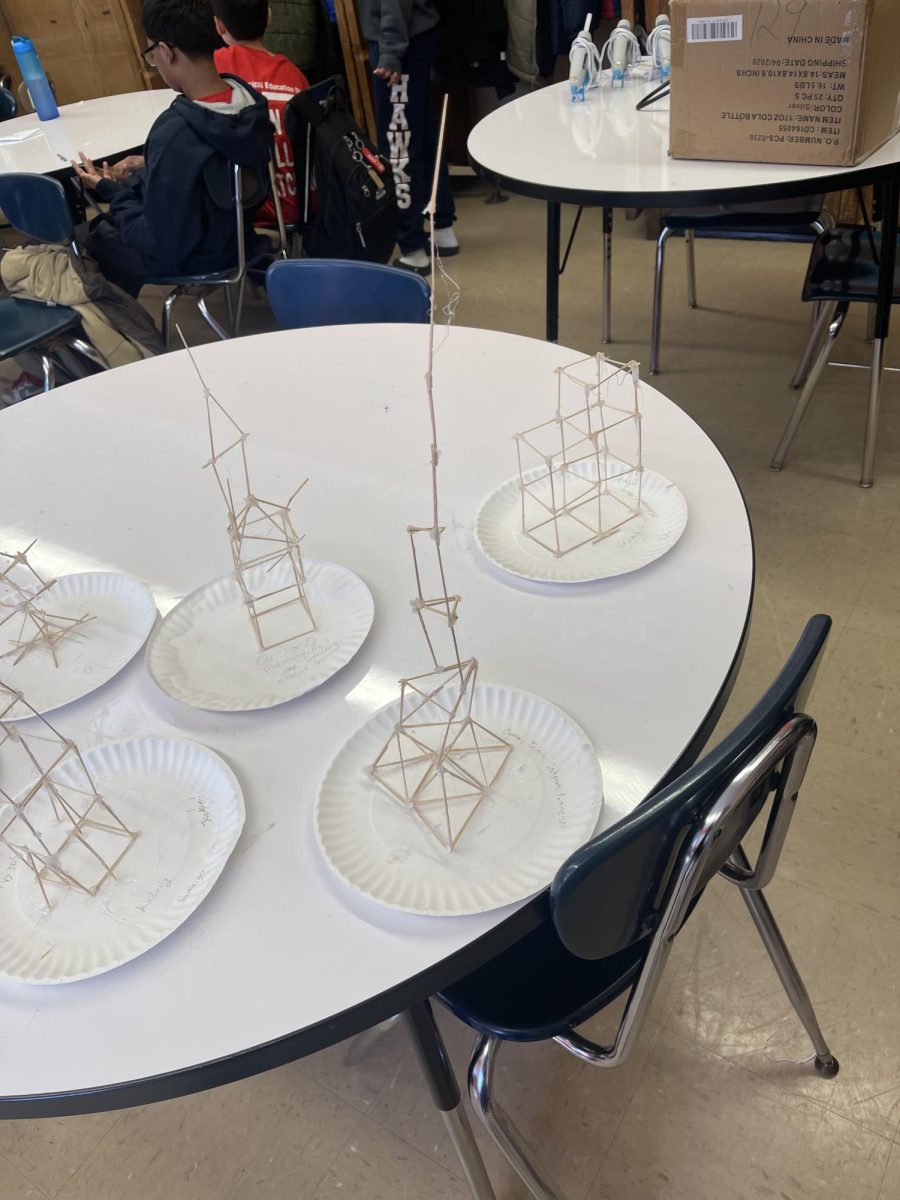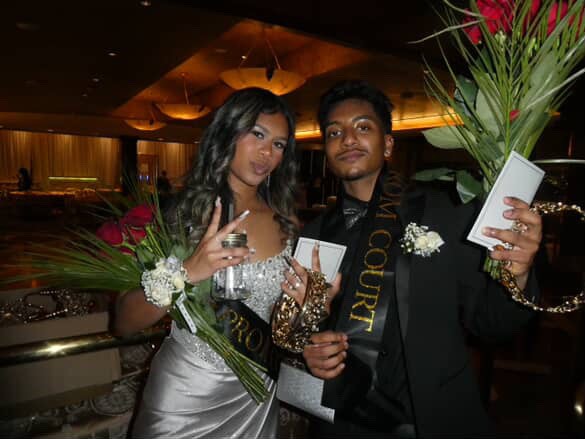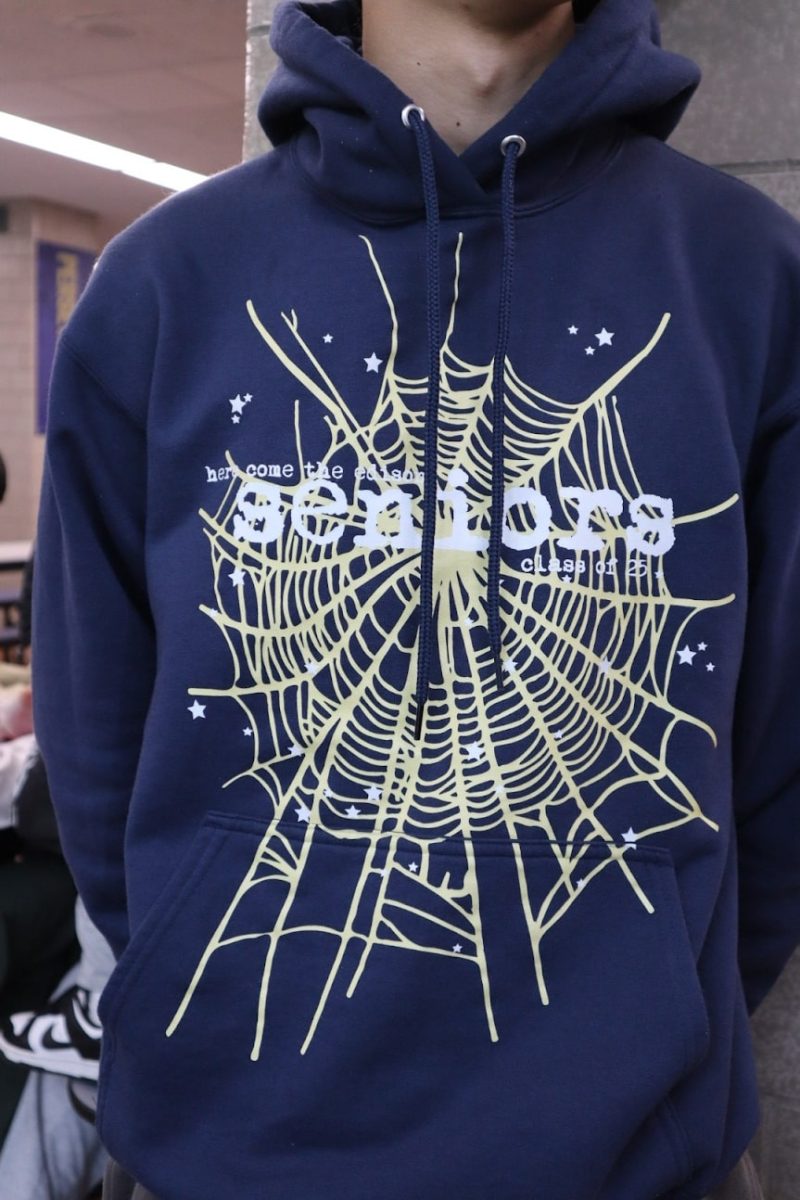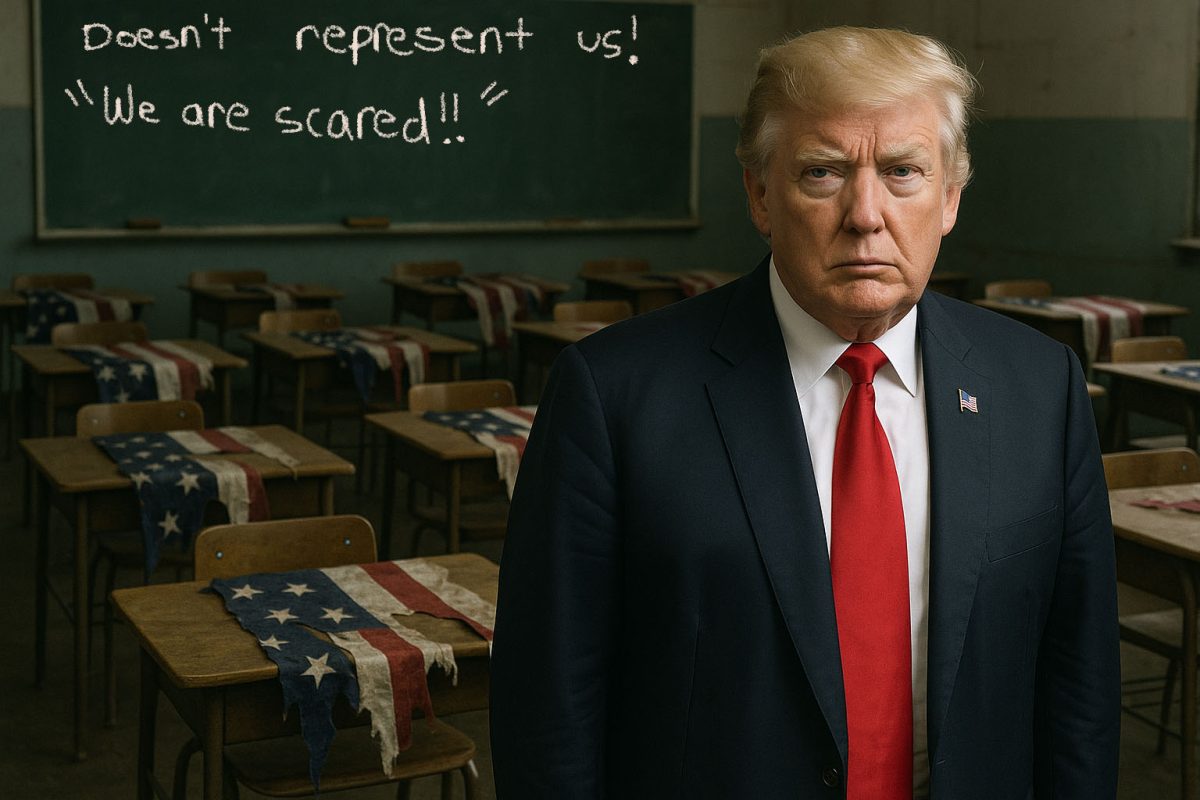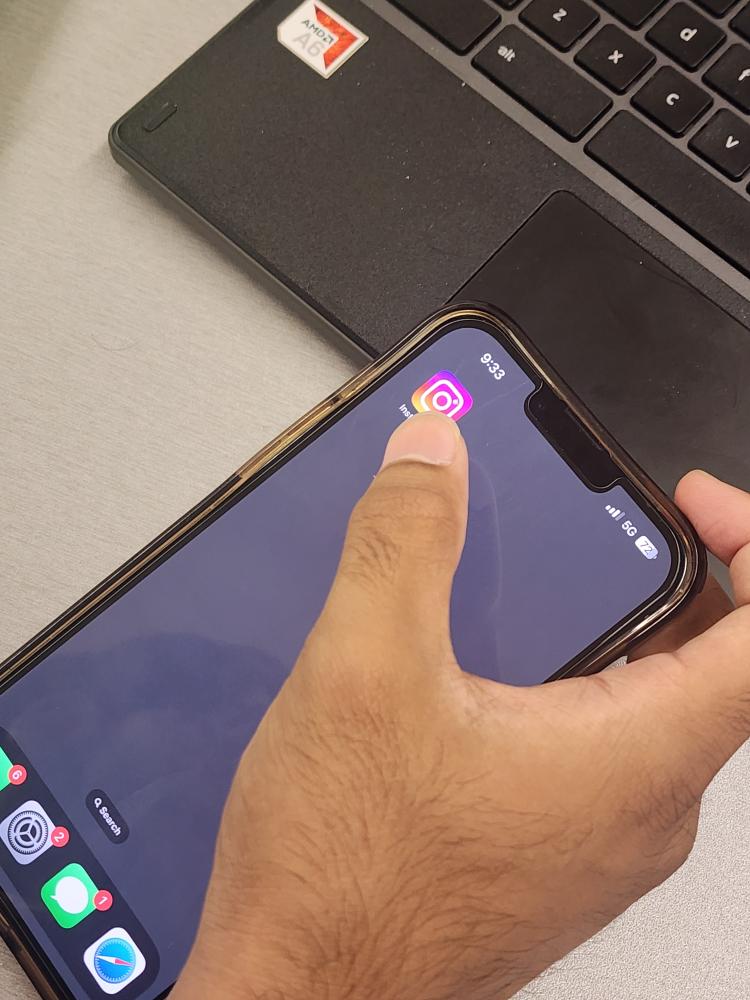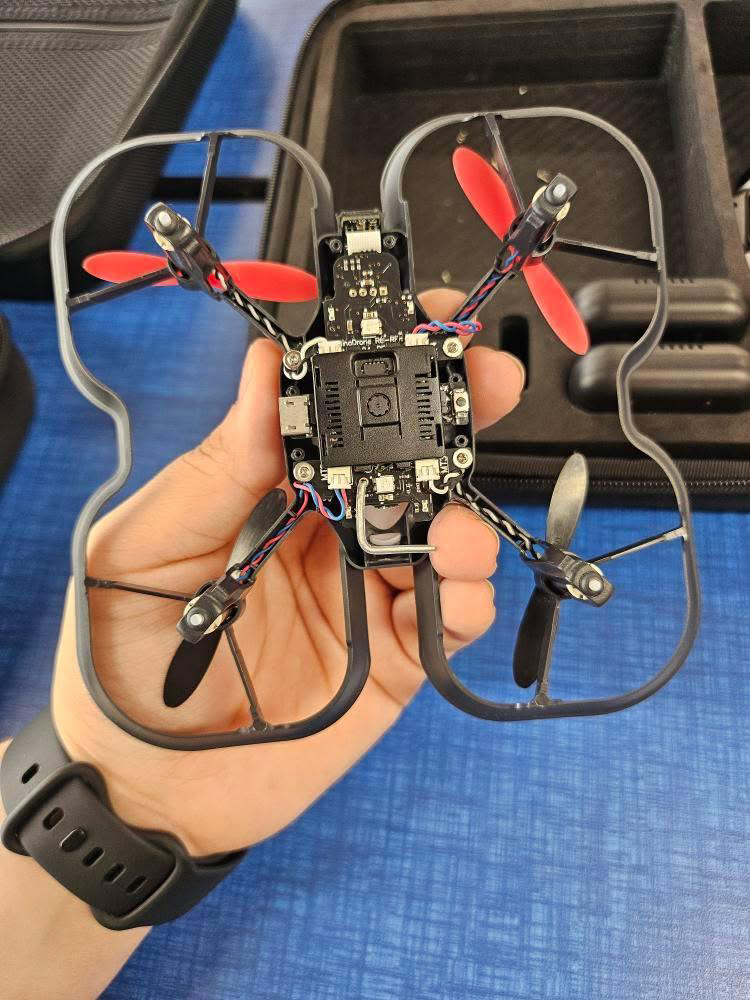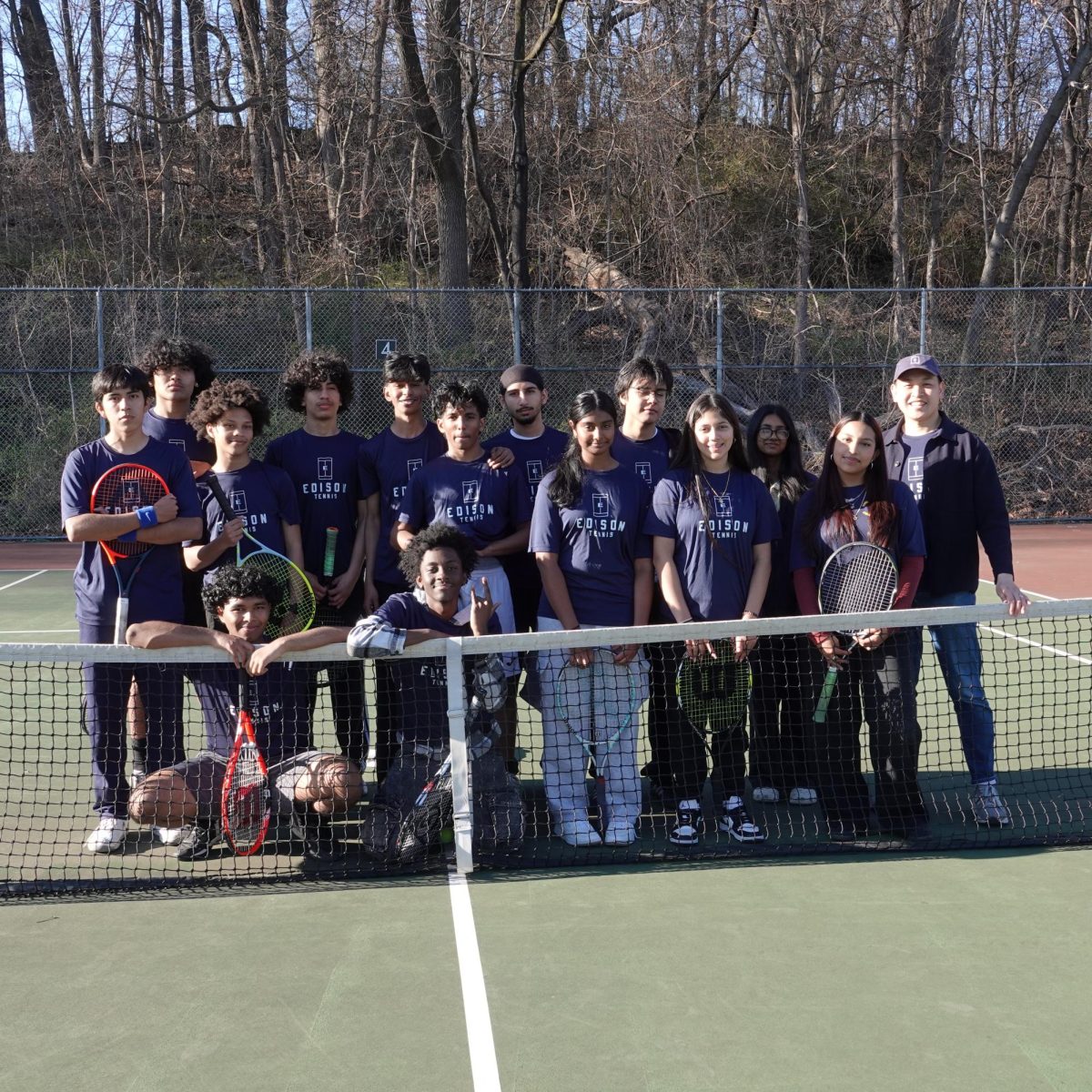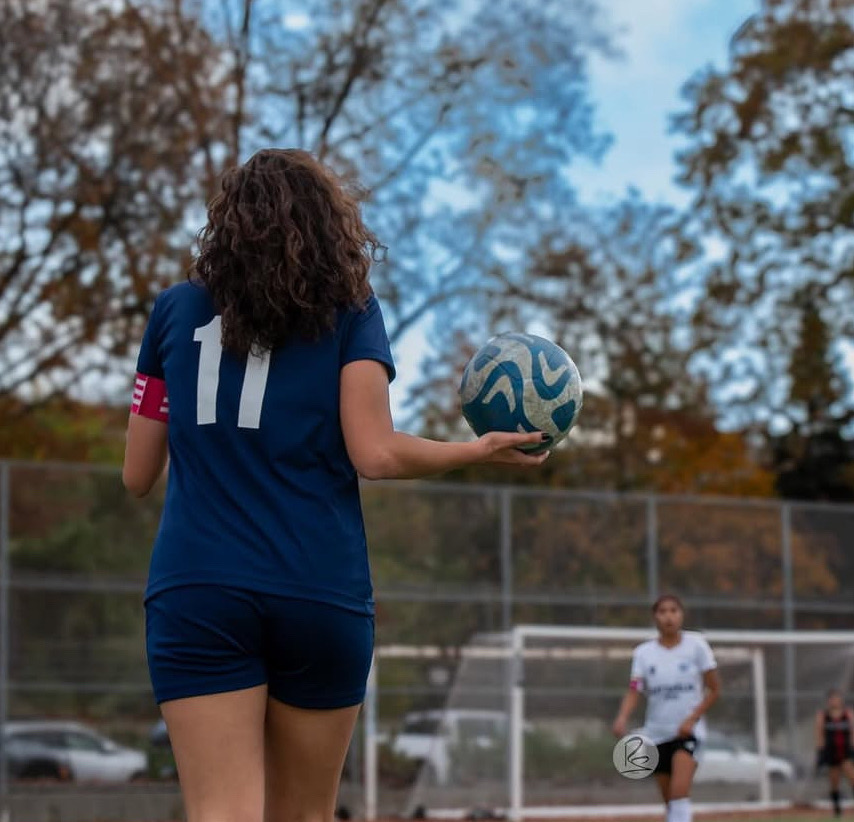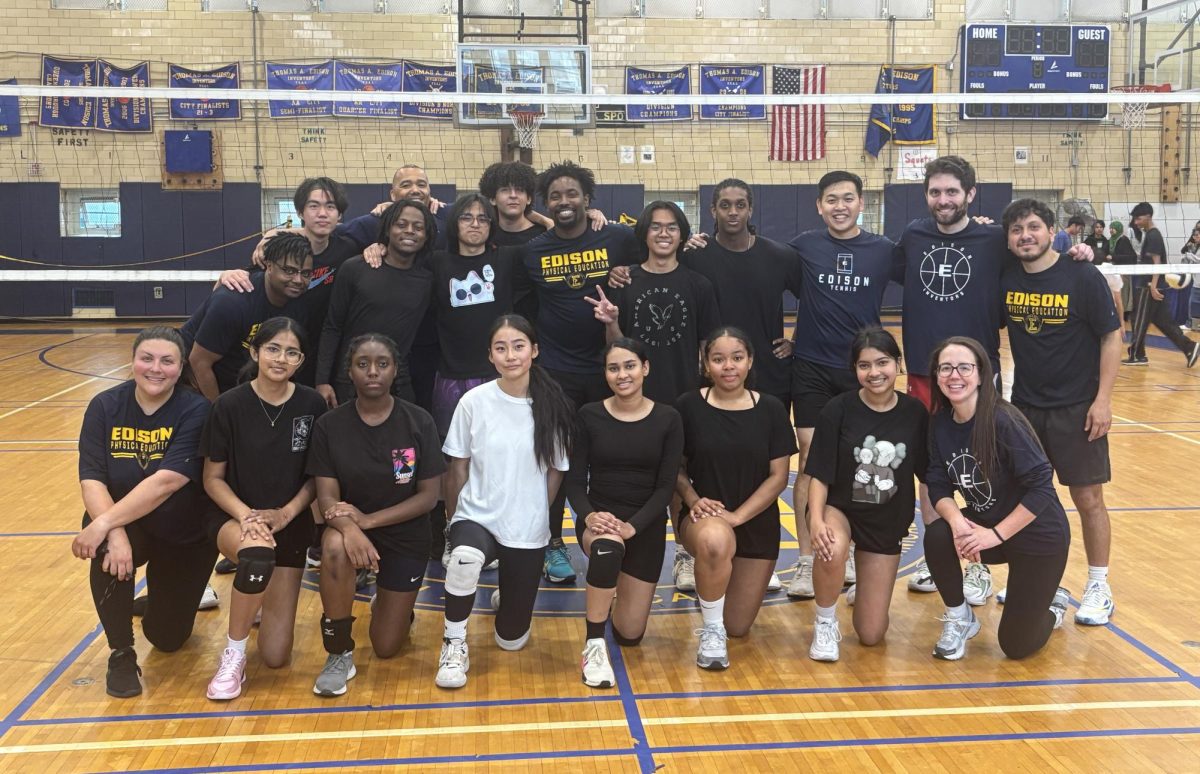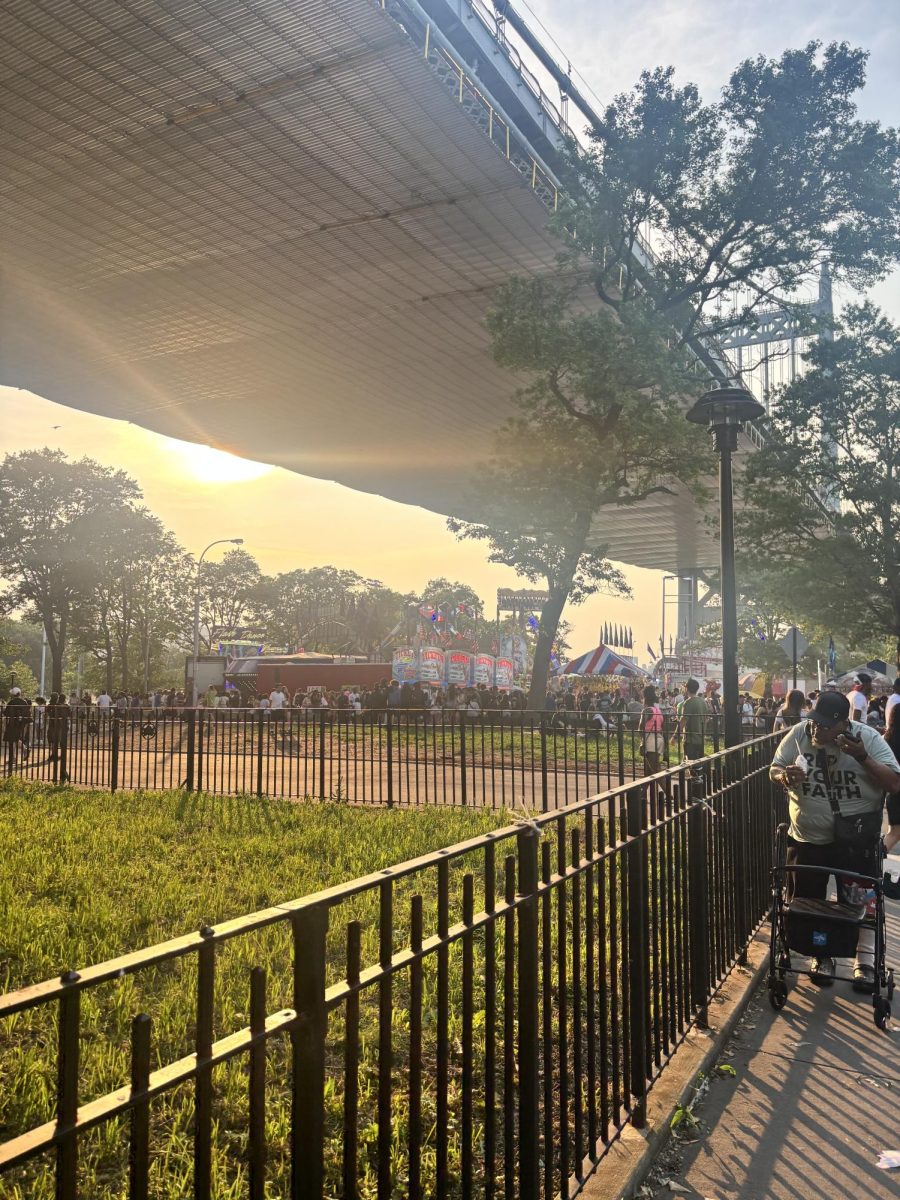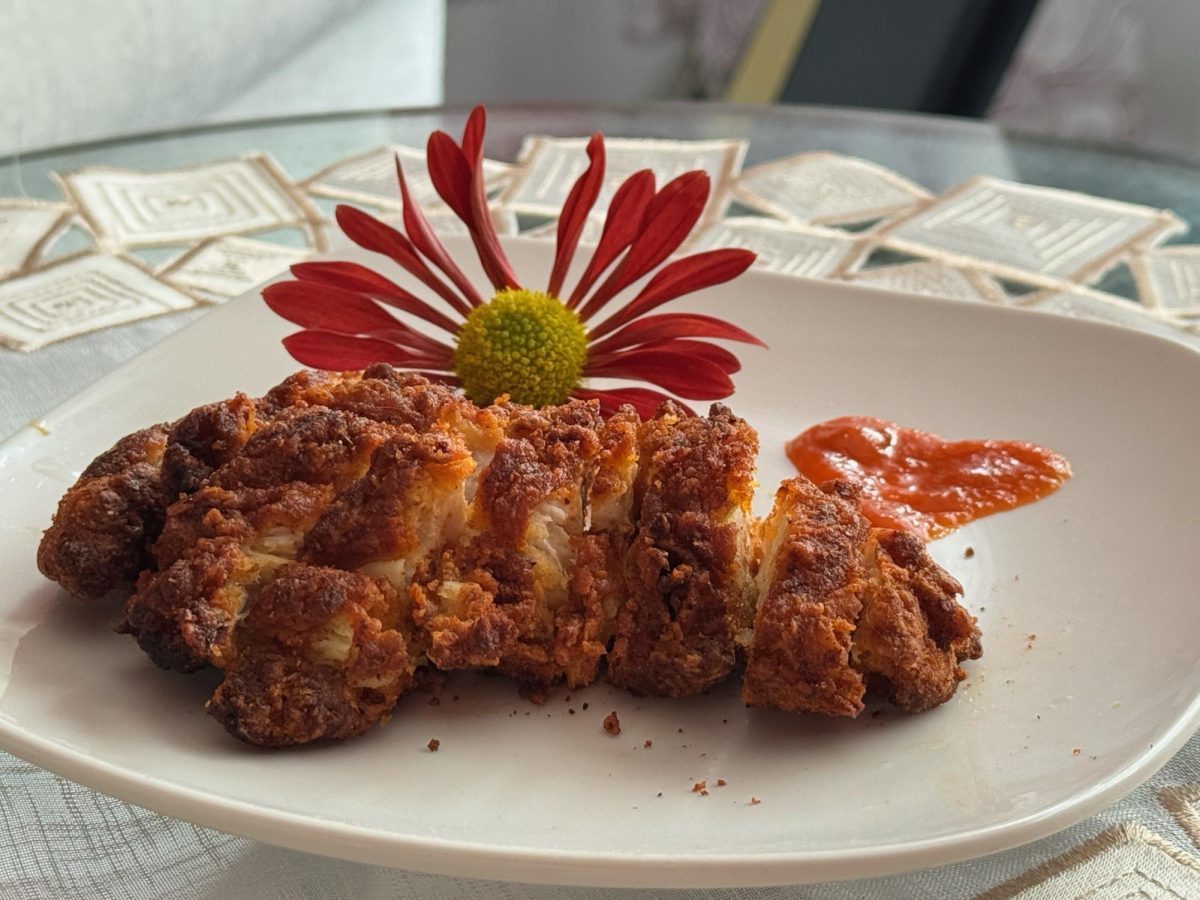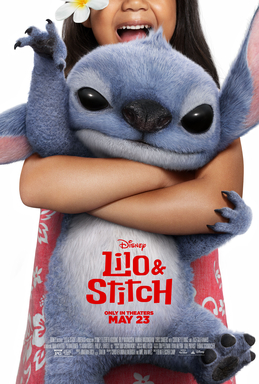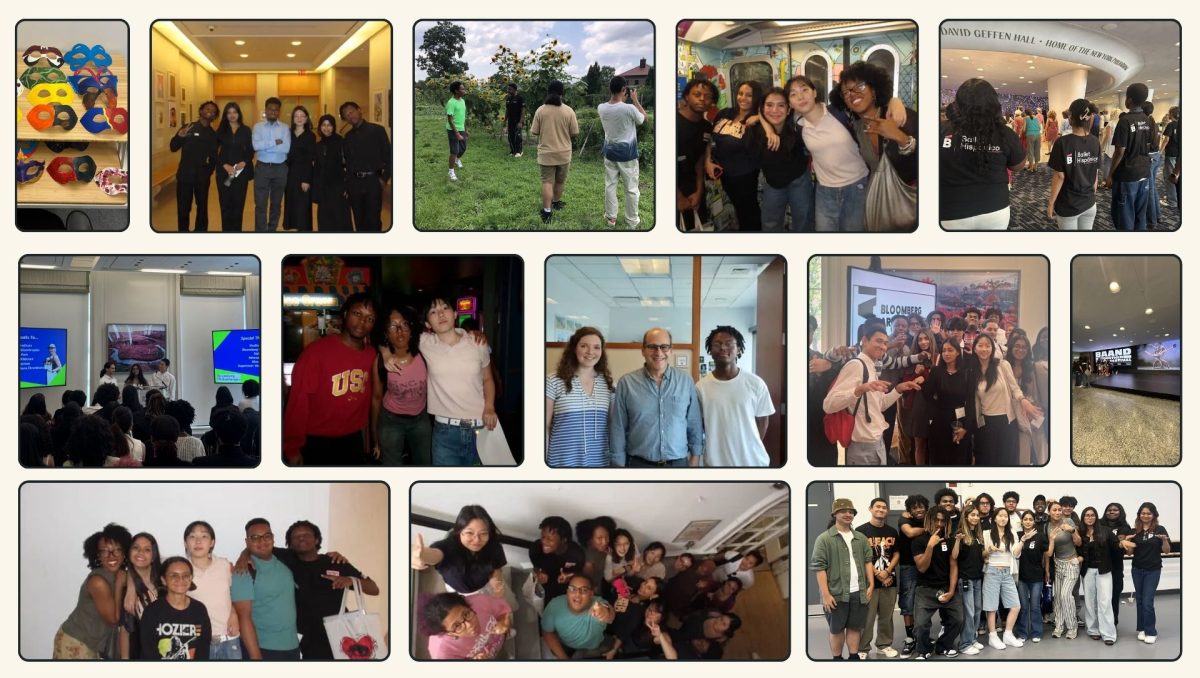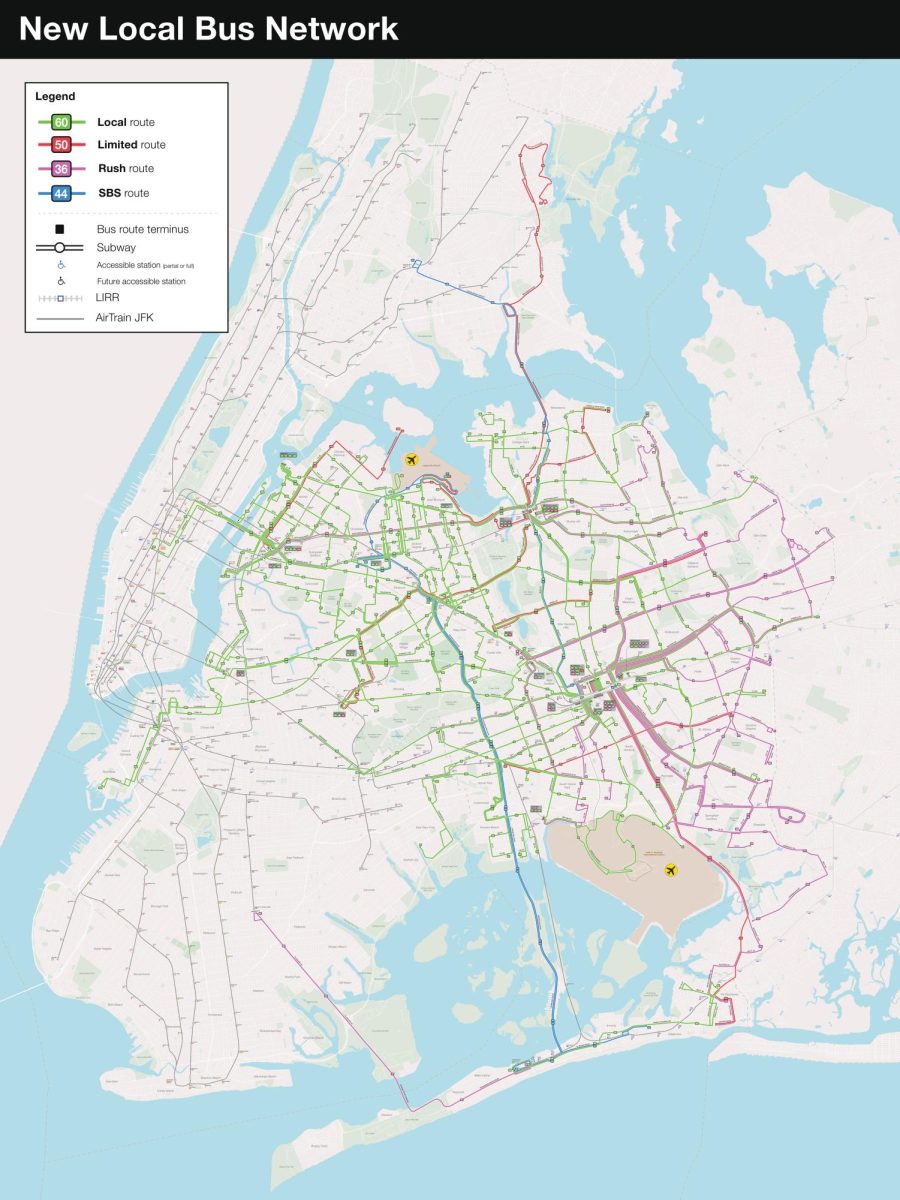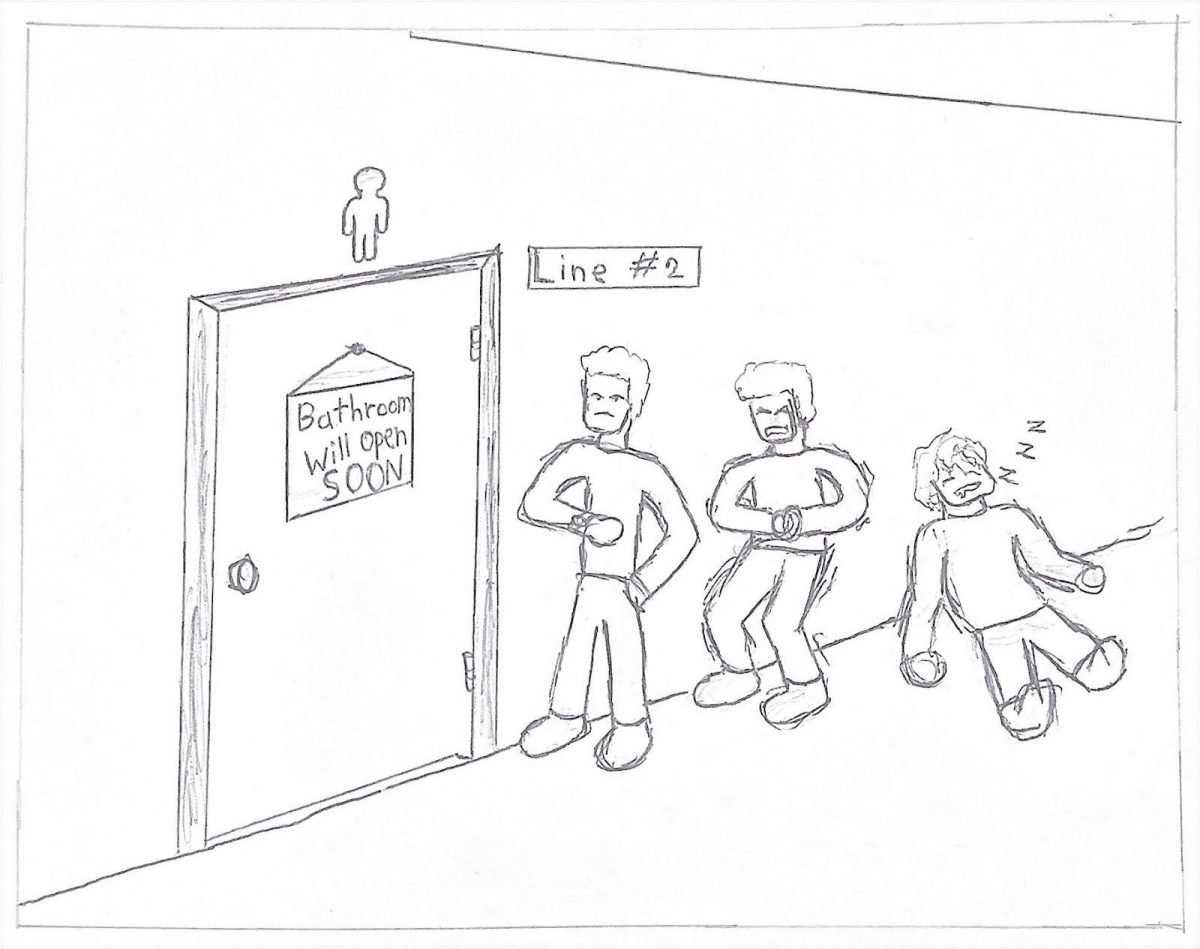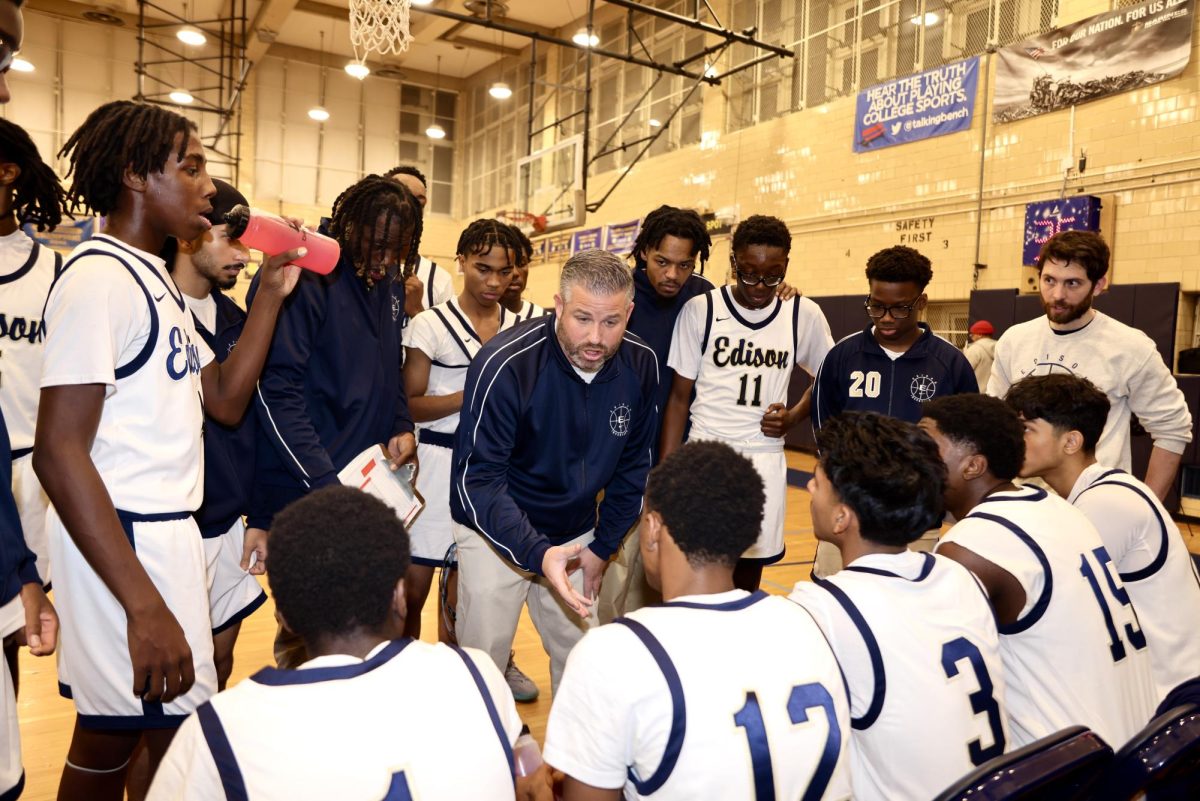Braids. One of the most evolving and influential hairstyles in the history of human life. When you hear the word “braid,” you think of cornrows, box braids, knotless braids, tribal braids, Fulani braids, lemonade braids, ponytail braids, to name a few. Braids have been and continue to be a staple in the African-American community. Braids are used as a form of self-expression and require skills specific to its origin.

The origin of braids can be dated back 5000 years in African culture to 3500 BC. Braiding began in Namibia, specifically with the Himba people. In this culture, braid patterns and styles were used to indicate a woman’s tribe, age, wealth, religion, and marital status. Braiding also served to unify a community of people and varying generations. It began with older people braiding their children’s hair, as the children paid attention and learned from them. This prompted younger children in the local community to practice these traditional styles with each other.
This culture of bonding has been carried on for generations and has spread globally. For example, in current African-American communities, such as Harlem or Jamaica, New York, getting your hair braided in a salon promotes a sense of community and helps to develop a connection with how ancestors interacted in ancient days.
To have a complete understanding of the history behind braids, it is important to acknowledge the impact of this hairstyle during slavery. Most women captured against their will were subjected to shaving their heads and, in part, getting rid of their identity and connection to their homeland. Braids were used as a secret messaging system that slaves used to communicate among each other without their master’s knowledge. Braids were used as a map to freedom; the number of plaits could indicate how many roads slaves needed to walk or where to meet someone to escape. Despite the odds stacked against them during slavery, Black women made sure to hold on to the ancestral tradition of wearing any style that weaves together three strands of hair.
Although there is an immense history behind braids, most of it has been erased in the modern education system. Many students are not aware of the historical significance and cultural definition of braided hairstyles. Black students are found in almost every middle and high school in America, most of them wear braided styles, but students of other cultures tend to mock these styles, completely disregarding their importance.
“The history of these styles should be embedded within the curriculum as such. It is relevant to students and it’s reflective of the population of students that are within schools,” said Ms. Jazmine Gray, an ELA teacher at Thomas A. Edison CTE High School. “Some places are trying to ban hairstyles and our hair is looked down on. They think it’s less ‘ghetto’… maybe if the history of these styles is much more apparent and acknowledged then that wouldn’t be a thing.” Ms. Gray continues to express her stance on how this aspect of Black history should be made available to educate people.
Braids are an intricate part of Black culture. In addition to its ability to unify and strengthen communities, accentuate Black features and identity, and uphold indigenous tradition.

